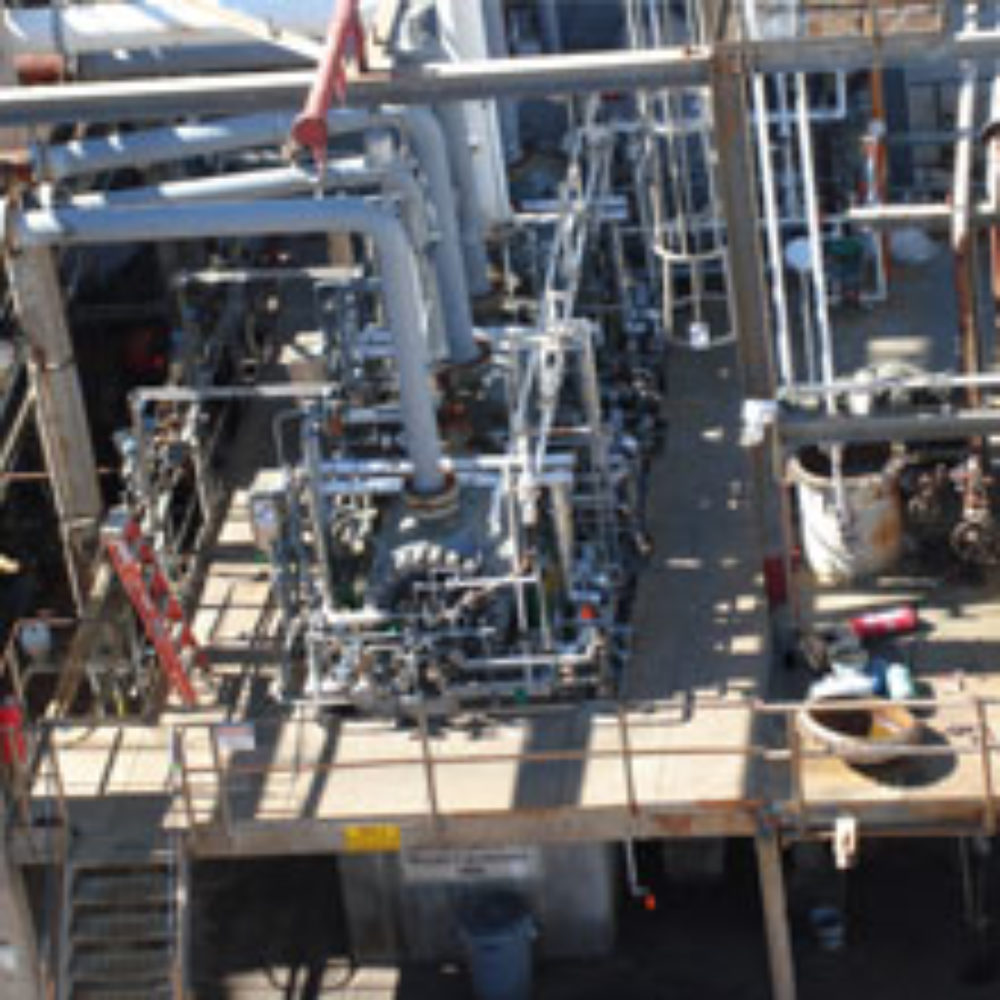Texas Oil Refinery Safety Problems Result in $87M Fine for BP

Federal regulators are fining British Petroleum (BP) $87.4 million for ongoing safety problems at a Texas refinery that have already cost more than a dozen lives.
The fine, issued by the U.S. Occupational Safety and Health Administration (OSHA), is the largest in the agency’s history according to Bloomberg News. It comes as a result of problems at BP’s oil refinery in Texas City, Texas, which is the fourth largest oil refinery in the United States. The refinery was the site of an explosion in March 2005, which killed 15 people and injured 170 others.
OSHA officials say that they have issued 270 safety notifications regarding hazards at the plant, which BP has failed to correct since the explosion, resulting in $56.7 million in fines. Safety inspectors have also found 439 instances where BP has engaged in “willful and egregious” violations of safety regulations at the plant, resulting in another $30.7 million in fines. Regulators said that the record-breaking fine is an effort to force BP to fix the oil refinery problems before another catastrophe occurs.

Did You Know?
Millions of Philips CPAP Machines Recalled
Philips DreamStation, CPAP and BiPAP machines sold in recent years may pose a risk of cancer, lung damage and other injuries.
Learn MoreBP officials indicate that they believe the refinery is in full compliance, and have chosen to contest the fines.
OSHA determined that the 2005 blast was caused by defective pressure relief systems at the refinery, and BP has not come up with operating procedures that would prevent another incident. Jordan Barbab, the acting assistant labor secretary for OSHA, referred to BP’s safety problems as “systemic.”
BP has also had other environmental problems at the plant. In February of this year, BP Products North America agreed to pay $180 million to resolve an environmental lawsuit over benzene emissions at the Texas City oil refinery. That case involved violations of a 2001 consent decree and Clean Air regulations which were identified during inspections by the U.S. Environmental Protection Agency (EPA) following the 2005 explosion.
Under the terms of the settlement, BP agreed to spend $161 million to address their Clean Air Act violations by setting up better pollution controls, enhanced maintenance and monitoring devices and improving their internal management practices. Another $6 million was designated to fund a project to reduce air pollution in Texas City and $12 million was paid as a penalty.
The company also faces a toxic tort lawsuit over benzene emissions from the plant in April 2007, which caused foul smells and health problems for residents in the area. That benzene lawsuit was filed by 143 people, alleging that BP negligently failed to adopt safety precautions and failed to provide employees with information about the benzene emissions, exposure to which has been associated with an increased risk of cancer and leukemia.
BP also faces a number of personal injury or wrongful death lawsuits resulting from the March 23, 2005 explosion.
Get more articles like this sent directly to your inbox.
"*" indicates required fields
1 Comments





JohnNovember 4, 2009 at 10:11 am
Here is some interesting info concerning the OSHA citations that BP did not document that equipment complies with recognized and generally accepted good engineering practices (RAGAGEP). In addition most of the citations are concerned with inlet line pressure drop on numerous pressure reliefs did not comply with recognized and generally accepted good engineering practices (RAGAGEP), such as API Re[Show More]Here is some interesting info concerning the OSHA citations that BP did not document that equipment complies with recognized and generally accepted good engineering practices (RAGAGEP). In addition most of the citations are concerned with inlet line pressure drop on numerous pressure reliefs did not comply with recognized and generally accepted good engineering practices (RAGAGEP), such as API Recommended Practice 520 API RP 520's recommended guideline of 3% inlet pressure loss is not RAGAGEP for existing relief valve installations RAGAGEP is not a standard or code; it is a benchmark against which performance can be judged.There is no mandatory code that governs relief valve inlet pressure loss. OSHA believes there is a mandatory standard in the refining industry that prohibits inlet pressure loss exceeding 3% on existing relief valve installations. That is not legally or factually correct; there is no such legal obligation and it is not common refining industry practice to apply 3% to existing relief valves. Most refiners in the United States allow inlet pressure losses on existing relief valve installations in excess of 3% and up to 5%. OSHA is now requiring that BP must modify its relief systems beyond applicable industry standards. It appears that the terms of the 2005 Settlement of Agreement (SOA) have changed with the new administration and OSHA leadership of a new sheriff in town. There is no amount of money that will bring those workers who perished back. Yet at the same time there needs to be equitable balance in all this. Unfortunately, an opinion that OSHA and many do not agree on.